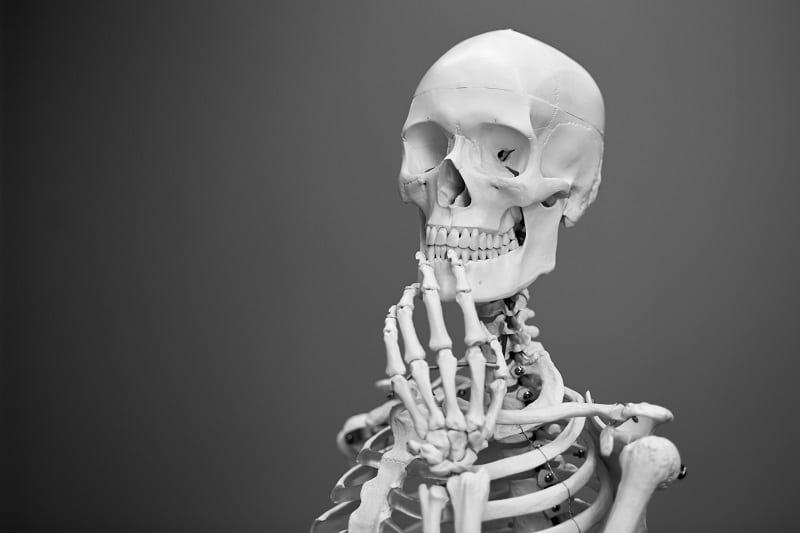Jeremy Corbyn could “sound the death knell” for model portfolios if Labour stages an upset in the UK general election as the party proposes a shake-up of dividend and capital gains taxes.
The Labour manifesto, released last week, pledged to bring CGT in line with its proposed income tax rates, meaning investors would pay a rate of 20% for the basic rate (£12,501 to £50,000), 40% for the higher rate (£50,001 to £80,000), 45% for the additional rate (£80,001 to £125,000) and an additional 50% tax band for people earning £125,001 or over.
The £12,000 capital gains allowance would also be ditched, while the dividend allowance would be halved to £1,000.
Multi-asset funds would be at a significant advantage over model portfolio
GBI2 managing director Graham Bentley says these reforms could “sound the death-knell for model portfolios” and make multi-asset portfolios held in an Oeic structure much more appealing to pots held outside a tax wrapper.
With no CGT allowance every transaction or regular rebalancing would give rise to a chargeable event, Bentley says. “This would be hugely complex for advisers and DFMs to monitor, calculate and administer. Valuation and transaction reporting could be incomprehensible.
“Consequently, multi-asset fund holders would be significantly better off than their portfolio holding peers, calling into question the suitability of model-portfolios for many investors.”
Tax wrappers keep most investors safe from chargeable events
Red Circle Financial Planning chartered financial planner Darren Cooke agreed model portfolios “would be all but finished” for advisers with wealthier clients.
Cooke says an individual investor’s pot would need to be at least £125,000, but more likely £150,000 based on a 10% gain over a year if it was completely invested in equities, before they would have to start worrying about capital gains tax. That figure would be double for a couple.
The prevalence of Isa and pension wrappers means Labour’s proposals would be less severe for smaller pots. Cooke only has one client for which he has to consider CGT when making transactions.
“But I think other advisers, if you’ve got clients who have got far more money just in standard investment accounts and individual investment accounts doing Hargreaves Lansdown, etc, I think then it becomes a bit scarier.”
Model portfolios can aid tax planning
A “significant proportion” of the investments held in the Cazenove Capital MPS are invested via tax-efficient wrappers, says Schroders UK intermediary solutions director Gillian Hepburn.
“I don’t see that this proposed change would result in the end of model portfolios,” Hepburn says, pointing out it is not always advantageous for capital gains to be crystallised when all or a portion of units in a fund are sold.
“If investing in an Oeic, the tax is essentially deferred and depending on the client’s circumstances and the time period of the investment, so realising the gains on a more regular basis if investing in a model portfolio may be more tax efficient,” she says.
“The other point to consider is that regular rebalancing of a portfolio is a feature of active management and in order to make appropriate decisions for an individual client, there may be times where paying an amount of tax in order to benefit from market conditions might be the appropriate strategy.”
She adds: “There are always a number of factors to consider in addition to taxation as to whether a client should be invested in a model portfolio, Oeic or a bespoke DFM portfolio in order to ensure the appropriate outcome for them.”
Levelling the playing field
Higher-rate taxpayers would be hit the hardest under the Labour tax proposals.
Research from AJ Bell shows that an investor with an income between £50,000 and £80,000 would have to stump up £5,075 more in capital gains tax under Labour, assuming gains of 5% a year on a £60,000 portfolio, the average size of an AJ Bell Youinvest account. But this would only be incurred if the sum was held outside a tax wrapper, such as an Isa.
But Bentley says “unearned” income sourced from dividends and capital gains is still income “so why pay a lower tax charge than the income tax rate?”
Wealthier people are even better off than the working population because they don’t pay national insurance on their income from investing, meaning they pay less tax per £1 of gross earnings, Bentley notes. “I can see the logic in getting a more level playing-field for the population.”
The Liberal Democrats have also said they would abolish the CGT allowance if they were to get into power and tax gains like income, though they have said the dividend allowance would remain the same.
The Conservative party meanwhile was conspicuously “light” on tax proposals in its manifesto published earlier this week and made no reference to capital gains tax.
How the main parties’ policies will impact personal taxes
| Labour | Liberal Democrats | Conservative | |
| Income tax
|
Cut additional rate of tax threshold from £150,000 to £80,000. Introduce new 50% rate for those earning more than £125,000.
|
1p increase in income tax ring-fenced for NHS and social care
|
No increases in income tax or VAT
|
| National insurance |
|
Raise NI threshold to £9,500 in 2020/21 | |
| Capital gains tax
|
Remove the capital gains tax allowance and tax gains as if they were income (subject to a minimum allowable gain equal to the return on 10 year bonds or £1,000)
|
Remove the capital gains allowance and tax gains as if they were income.
|
|
| Dividend tax
|
Cut dividend allowance to £1,000 and tax dividends as if they were income
|
||
| Inheritance tax
|
Remove the residence nil rate band
|











